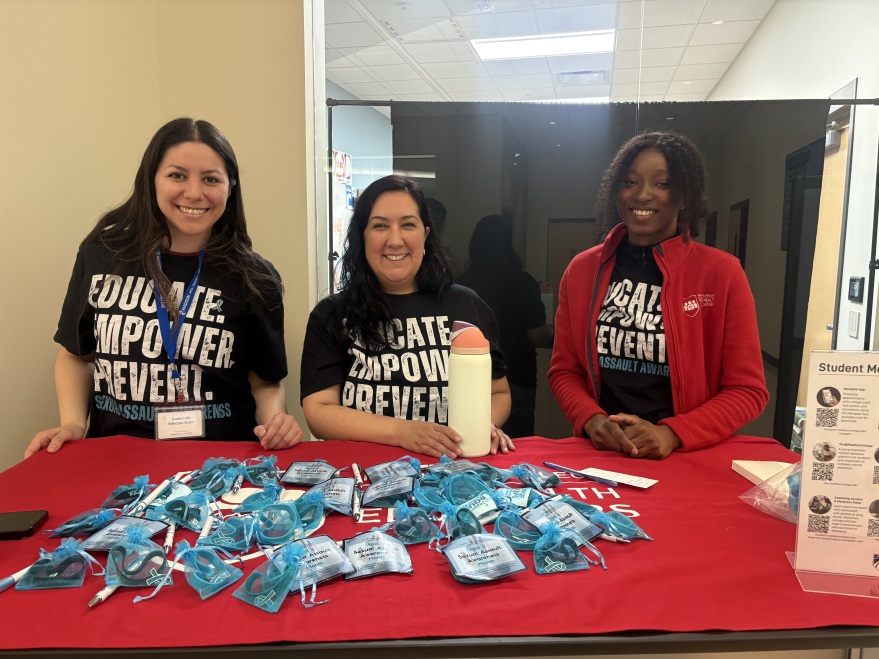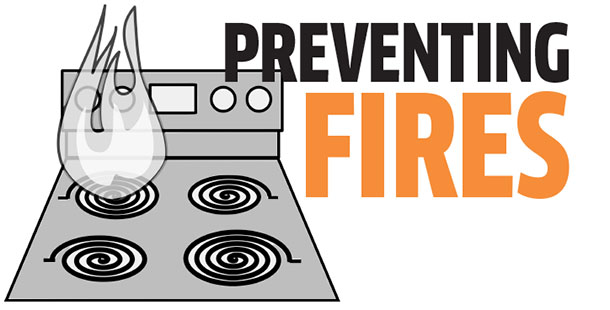Per my usual morning routine, I filled my teapot with water and put it on the electric stove. However, on this particular morning, I chose to place my kettle on a back burner. The front burner had been smoking because somebody had spilled something on it and failed to clean it properly.
A couple minutes later I started smelling smoke. Since I was waiting for the sound of the teapot whistling, my back was to the stove. I hadn’t noticed I had turned on the wrong burner – the small, front one that had been smoking. As that realization hit me, the red-hot, smoking burner burst into flames. Panicked, I said, “Um, fire… There’s a fire over here!”
Fortunately, I was at my parents’ house and my mom rushed over. She calmly said, “Salt.”
I rushed over to the cabinet that had a box of coarse, kosher sea salt, which happened to be on the opposite side of the kitchen as the stove. The regular salt was on a shelf above the stove, and the flames were almost reaching that cabinet. My mom pointed out that it was for the best that there was salt located away from the stove. Had it been above the stove, it would have been inaccessible.
First, I poured some salt into my hand and threw it on the fire. Recognizing that I needed more, I dumped salt straight from the box onto the burner, and the fire was smothered.
I had never been involved in, nor been a witness to, an indoor, accidental fire prior to this incident. In hindsight, had my mom not been there to rescue me, I would have probably tried to beat it out with a towel. And if that hadn’t worked, I would have attempted to use water to douse the flames. Ultimately, I would have had to call 911 because those methods would not have worked – and quite possibly could have made things worse.
Bewildered by my lack of knowledge regarding fire safety, I did some investigating. Kurt Kleven and Ashlyn Wagner are students currently enrolled in the Madison College course Fire Prevention, and both share the goal of becoming firefighters. “I really like being in fire service. Firefighting is exciting,” Kleven said. “It’s a good reason to get in shape. I like helping my friends out and my community.”
When asked if they had any good tips for students, Wagner offered, “Have your smoke alarms checked and ready to go. Have fire escape routes prepared, and make sure everyone knows [the plan]. People have a misconception about how easy it is [to prevent fires], like changing the smoke alarm batteries and testing it to see if it works.”
“Knowing how to use a fire extinguisher [is important],” Klevin added.
According to the National Fire Protection Association, most college-related fires occur due to a general lack of knowledge about fire safety and prevention. Cooking fires are the number one cause of home fires and home injuries, and the leading cause of kitchen fires is unattended cooking.
Fortunately, I was able to immediately extinguish the fire I had started, and it resulted in no damage or injury. Since my experience, I have discovered that there is a great need to provide proper fire safety and prevention education to the population. Too many adults are unaware, and when people are uninformed, people get hurt.
With Thanksgiving – the peak day for home cooking fires according to FEMA – right around the corner, I will be sure to have a Class BC fire extinguisher on hand. A fire extinguisher is the best way to put out a fire.
For more information on fire safety and prevention for college students visit www.usfa.fema.gov/citizens/college.



























